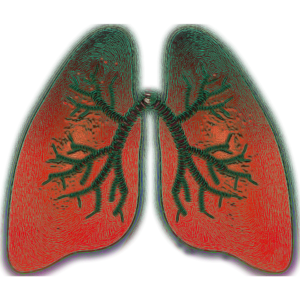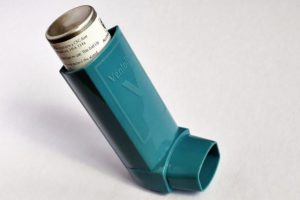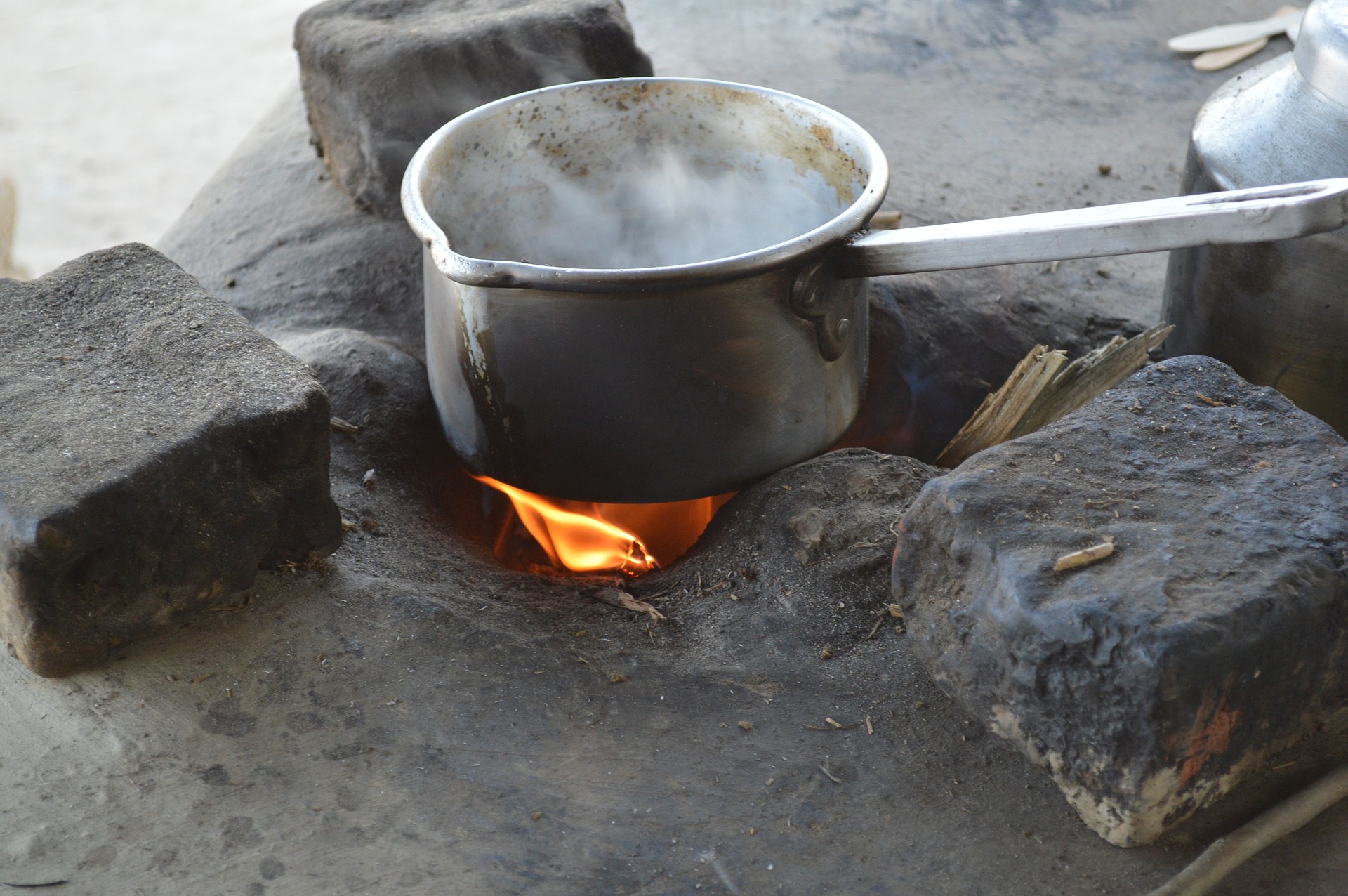Asthma in the News
Study Linking Asthma to Indoor Gas Stoves Sparks Controversy
By Allison Kozicharow; Edited by Elizabeth Fine
Findings from a recent study in the International Journal of Environmental Research and Public Health associates indoor gas stoves used for cooking with an increased risk of current asthma among children. While many of the people WiRED serves in low-resource regions do not cook with gas, but with wood, these well publicized findings remind us of the health hazards people face from cooking indoors. Gas cooking indoors may lead to childhood asthma; however, wood cooking indoors certainly poses a serious and direct impact on children’s respiratory health.
 Asthma is a chronic lung disease that inflames and narrows the airways and causes recurring periods of wheezing, chest tightness, shortness of breath and coughing. WiRED International offers a three-part series on asthma written for general audiences. Part 1 describes asthma’s signs and symptoms, causes, diagnosis, control and treatment in adults and children. Part 2 details an asthma action plan that discusses short- and long-term medicines, and Part 3 teaches how to prevent and manage the illness. WiRED also offers express versions of all three modules in English and Spanish.
Asthma is a chronic lung disease that inflames and narrows the airways and causes recurring periods of wheezing, chest tightness, shortness of breath and coughing. WiRED International offers a three-part series on asthma written for general audiences. Part 1 describes asthma’s signs and symptoms, causes, diagnosis, control and treatment in adults and children. Part 2 details an asthma action plan that discusses short- and long-term medicines, and Part 3 teaches how to prevent and manage the illness. WiRED also offers express versions of all three modules in English and Spanish.
According to the World Health Organization asthma affected an estimated 262 million in 2019 and caused 455,000 deaths. Most asthma deaths occur in low- and lower-middle-income countries where under-diagnosis and under-treatment presents a serious challenge.
No single factor causes asthma. Many factors have been identified with the disease, including:
- Family history
- Allergies
- Exposure to a range of environmental allergens and irritants (e.g., indoor and outdoor pollution, house dust mites, molds and occupational exposures to chemicals, fumes or dust)
- Respiratory infections in early life that affect developing lungs
- Smoking
- Obesity
 Note that people with moderate-to-severe or uncontrolled asthma are more at risk to be hospitalized from COVID-19, so they need to take extra precautions such as getting vaccinated and other preventive steps.
Note that people with moderate-to-severe or uncontrolled asthma are more at risk to be hospitalized from COVID-19, so they need to take extra precautions such as getting vaccinated and other preventive steps.
Although there is no cure for asthma, it is manageable with medicines such as inhalers and steroids and with preventive measures to keep asthma from getting worse. To learn more about asthma, take a look at WiRED’s asthma collection and share it with friends and family.
WiRED community health workers (CHWs) in Kisumu, Kenya, often contend with asthma cases in their villages. The following report is an example.

I spotted a young child wheezing. I asked the mother about it, and she told me she thought he might have a cold and was coughing because of a change of weather. But as a CHW I thought that it would be best if the child was taken to the hospital for medical examination. I helped the mother with a referral to the hospital. The child was tested and he was diagnosed with asthma. He was put on medication and is showing improvement. Though asthma is a chronic disease, if proper medication and continuous taking of the drugs is well conducted, it can help in reducing chances of child fatality.
—Daniel Ayieko, CHW


